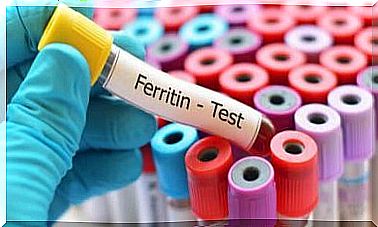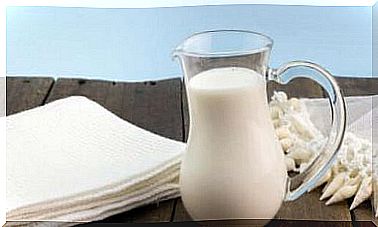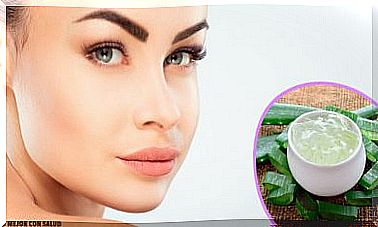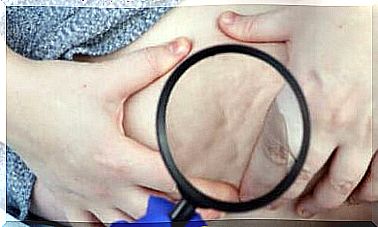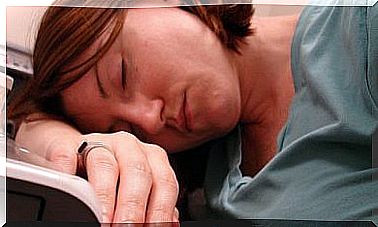Myths About Cleaning The Mattress And Bedding
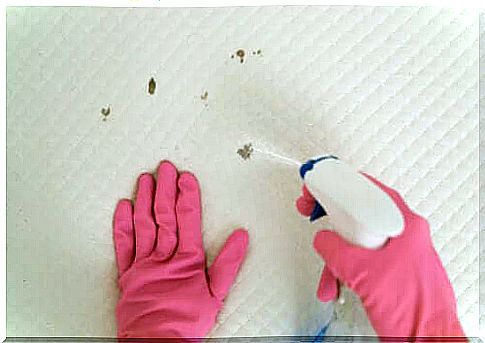
One of the places where we spend the most time is in bed. Therefore, we cannot imagine how many mites, bacteria and dust accumulate in it. Until today, there are numerous myths about cleaning the mattress and bedding. Do you know the proper way to clean and wash them?
In fact, it is essential for health and adequate rest during sleep. However, as with many topics, everyone has their own opinion, belief and experience. We present this article to dispel the most talked about myths about mattress and bedding cleaning . Read on to know and correct them!
1. Mattress Cleaning Myths: If it has a mattress protector, you don’t need to clean the mattress
Contrary to what most people think, mattress covers do not prevent the appearance of mites and other allergy-causing microorganisms. In fact, mattresses can contain up to 2 million mites, which can double in weight after 10 years, according to the National Pest Management Association in the United States.
The protectors only help filter out some spills (because they’re waterproof), but they don’t have magical powers. Therefore, it is recommended to clean the mattress twice a year. A good trick is to do this when the season changes.
2. The mattress cover cannot be washed
While it’s true that these products don’t need to be washed as often and regularly as the rest of your bedding, mattress covers also need to be washed. It is best to do this every six months at the same time as the mattress, or even every four months.
3. Myths about cleaning the mattress: you have to make the bed as soon as you wake up
The rule of order does not count here because the mites are more active where it is warm. After eight hours of sleep, the mattress will be warmer than ever.
You will help them reproduce even faster if you make the bed right away. Let it cool for at least half an hour. Before and during bedding, open the window to refresh the bedroom.

4. Pillows cannot be washed
Dirt, sweat, saliva, dust and much more. It all collects in pillows.
These are bed accessories that we always touch and therefore require quarterly cleaning. After a few washes, it is best to replace them with new ones.
5. Myths about mattress cleaning: bedding is washed at 30 degrees Celsius
You may not know how important the temperature is when washing your bedding. But the most favorable temperature for this task is 60 degrees Celsius as this ensures that the germs will disappear.
6. Pajamas are only worn once
The hygiene of your nightwear depends on many factors. For example, if the climate where you live and sleep is very warm and you are sweating in the middle of the night, you may not wear your pajamas more than once.
Meanwhile, if you put it on fresh after a bath in a cool room, you can use it twice, but always take it off when you get up. In any case, if it looks dirty or smells bad, throw it in the washing machine!
7. You can only sleep in underwear
The truth is, going to bed with your underwear on but no pajamas is okay, as long as it’s clean. The problem arises when these garments are contaminated with bacteria from the genitals.
This way, germs can spread more easily in bed, eventually leading to health problems that nobody wants to have.
8. Myths about cleaning the mattress: all pillowcases change at the same time
Not. Pillowcases and duvet covers (that is, blankets or duvets) are two items with different purposes and therefore a different washing and cleaning pattern.
On the one hand , the duvet cover should be washed weekly or every 15 days. On the other hand, since the pillow is the direct recipient of sweat and creams, pillowcases should be changed every 3-4 days.
The right tips that debunk the myths about cleaning mattresses
Proper cleaning of mattresses will translate into the quality of our life, because our health and daily sleep depend on it. One of the benefits is also that the life of the bed linen will be much longer. Follow these tips.
Ventilate your bedroom every day
When was the last time you opened the window? Whether you remember it or not, it’s time to do it every day for at least five minutes, preferably between 7am and 10am. Ventilation of the bedroom is the key to proper cleaning.
Stain the mattress regularly
Staining a mattress is inevitable as it collects a lot of fluids and substances that can reach its surface, even if it has a protector. The best cleaning products include baking soda or paste, lemon, white vinegar, hydrogen peroxide, and cold milk.
There will be a specific procedure for each stain, which we explain here. Depending on each type of dirt, use certain agents:
- Sweat stains: lemon and water, white vinegar (after mixing one part vinegar and four parts water), or a combination of three tablespoons of ammonia, one liter of water and three tablespoons of liquid soap – these are especially effective remedies for these marks.
- Vomit and urine stains: It’s great to spray lemon with water, because this fruit has antiseptic properties in addition to removing stains. Another option, especially if the stain is dry, is to sprinkle with baking soda, cover with plastic, leave and then vacuum.
- Blood stains: hydrogen peroxide, i.e. hydrogen peroxide, is ideal for removing them. Just apply a little, wait for bubbles to appear and remove with a white cloth.
- Moisture stains: Whether it’s from sweat or spilled water, moisture is another cause of stains. First, dry the mattress in direct sunlight or with a hair dryer, then add a small amount of solvent, rinse with lukewarm water, and finally sprinkle with a little disinfectant.
Deep cleaning of the mattress every six months
Take advantage of the season change to clean the mattress. To eliminate odors, spread some baking soda on it, put a cloth or sheet on it and let it sit for a few hours or all day.
Avoid getting the mattress wet while cleaning it, it shouldn’t scoop up water! This damages the upholstery and causes the growth of mold, fungus and bacteria. Kick steam cleaners off your list.
It is also contraindicated to tap the mattress to remove dust. Always choose a special vacuum cleaner for bed and upholstery. Vacuum, spray with disinfectant spray or hydrogen peroxide, scrub hard, let dry, and you’re done.
Bedding cleaning tips to debunk the myths about it
Bed linen also requires special care. Just as we’ve given you tips that debunk the myths about mattress cleaning, now we’re going to see some advice that applies to sheets and blankets.
Follow the manufacturer’s recommendations
Each fabric has its own properties, which makes the washing and drying processes one way or the other. The maintenance process may vary, but the effect will always be the same.
By reading the label carefully, you will realize that sometimes you can only wash by hand, at maximum temperature.
Wash bed linen weekly
It’s the perfect time, but you can use a few tricks to extend your wash periods. First of all, avoid letting pets in and eating in bed. In addition, apply body lotions some time before going to bed so that they do not get absorbed into the bedding.

Remove stains before washing bedding and blankets
Check bedding very well before washing to make sure there are no stains. If you find them, use any of the products we discussed above to clean your mattress first. The effect will be the same.
Separate different types of linen when washing
We all want to finish housework quickly, but in this zeal, we often collect dirty bedding along with rags, pajamas and whatever along the way. This is an absolute mistake. You need to separate dirty clothes and bedding according to material, purpose and color.
Wash properly
Do not overload the washing machine. Pour in the detergent first, then put on the clothes. Wash in the recommended washing cycle and at 60 degrees Celsius (especially if the fabric is cotton).
A handy tip is to use additional detergent to make it softer. However, watch out for its quantity! Overdosing can leave deposits, roughness, or a very strong odor.
Take care of the appropriate drying time
If you prefer a dryer because it’s more convenient and faster, choose a cycle that doesn’t overheat your clothes. And if you want to save energy and enjoy the sun, do it outside.
It’s best to check the bedding by touching it once in a while to collect it as soon as it dries. As a result, the fabric will not lose color or softness. To avoid wrinkles, shake each item after washing and then again after drying.
Finally, your mattress must not be too old
In order to complete your homework successfully, there are a few more things you need to know. First, the mattress should not be more than 10 years old, otherwise it will become a source of contamination. It is a real threat to your health, which may translate into allergies, infections, skin and respiratory diseases.
Do not believe the myths about cleaning the mattress and bedding. Don’t limit yourself to washing pillowcases. Clean everything related to the bed regularly. Remember that you spend a third of your day in this space.



